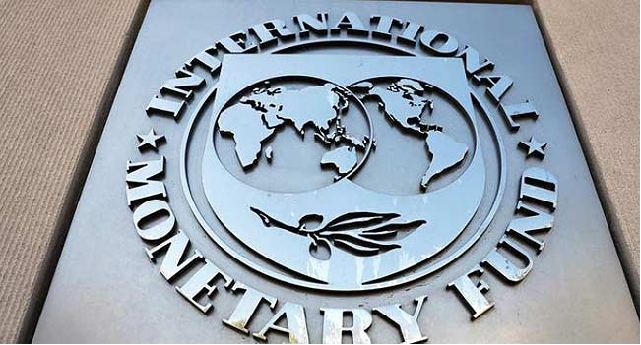According to the International Monetary Fund (IMF), Central Bank Digital Currencies (CBDC) will use less energy and contribute to the fight against climate change.
Many CBDC initiatives, according to the document, are constructed on energy-efficient distributed ledger systems, and only authorised institutions, such as commercial banks can join and approve them without needing proof of work.
It was mentioned that tackling climate change is a crucial task that requires lowering energy usage and the carbon emissions produced by that energy.
It made this disclosure in a report by its researchers titled “How Crypto and CBDCs Can Use Less Energy Than Existing Payment Systems” available on its website.
The IMF said, “To meet these aims, it’s important to pay attention to the energy used by the payment systems that central banks regulate and oversee.
“Monetary authorities now have a unique opportunity to improve efficiency as the way people pay is undergoing rapid changes worldwide. Digital currencies, from crypto assets to central bank digital currencies, can play a role in the transformation that policymakers envision.
“With a desire to limit the energy consumption comes a need to understand what drives it. Policymakers confront researchers like us with several questions yet to be fully explored. These include how crypto assets compare with existing payment systems, what factors influence the energy use of the networks, and how new technology can make payments cleaner and greener.”
It went on to say that depending on the premises of how they are configured, CBDCs and some types of crypto assets can be more energy efficient than the majority of the current payment landscape, including credit and debit cards. That technological design decision made for digital currencies significantly affects their energy consumption.
It added, “Many CBDC projects build on energy efficient distributed-ledger systems under which only permissioned institutions like commercial banks can join and validate without proof-of-work.
“Other options that don’t feature distributed ledgers are also being considered, and some of these are seen as promising from an energy-consumption standpoint. That means CBDCs can potentially reduce the power needs for digital payments and even be more energy efficient than the widely used credit card networks.
“CBDCs are still in their early days, and it’s hard to know how far and how fast they might go, but it is clear that central banks will adopt new technologies that impact power use. Their energy-saving potential will depend on the use associated with other design features that may be added for compliance, to aid security and integrity, or to facilitate universal access.”














